(USMLE topics, obgyn, gynecology) This video and other related videos (in HD) are available for instant download licensing here : https://www.alilamedicalmedia.com/-/galleries/narrated-videos-by-topics/common-ob-gyn-problems ©Alila Medical Media. All rights reserved. Voice by: Ashley Fleming All images/videos by Alila Medical Media are for information purposes ONLY and are NOT intended to replace professional medical advice, diagnosis or treatment. Always seek the advice of a qualified healthcare provider with any questions you may have regarding a medical condition. Help us make more videos like this: patreon.com/AlilaMedicalMedia Menopause marks the end of reproductive years in a woman’s life, when menstrual periods stop permanently. Menopause usually occurs naturally, as a result of declining levels of reproductive hormones, estrogen and progesterone, produced by the ovaries; but it may also happen prematurely after surgical removal of the ovaries, as a side effect of cancer treatments, or in a condition known as primary ovarian insufficiency, where the ovaries fail to produce hormones. Menopause is usually preceded by a transient period called perimenopause, when hormone levels start to drop. The last couple of years leading to menopause may bring symptoms such as hot or cold flashes, mood swings, insomnia, vaginal dryness, urinary urgency, and dry skin. Some women may also experience temporary heart racing, headaches and hair loss. The most telling sign that menopause is approaching is the irregularity of periods. Skipping a period or two is common. The cycles may also be shorter. Periods may be heavier or lighter than usual. Most symptoms usually ease in the years after menopause, but low levels of estrogen may cause other health problems. Because estrogen influences bone density and has a protective action on blood vessels against cholesterol plaques, low estrogen levels increase risks for bone loss, known as osteoporosis, and cardiovascular diseases. Low estrogen also weakens the tissues supporting the urethra, causing urine leakage, or urinary incontinence. Risks for urinary tract infections also increase after menopause. While menopause is a natural stage of life and does not require medical treatment, it is important to maintain a healthy lifestyle including physical exercise and diets sufficient in calcium and vitamin D, to counter the risks of heart diseases and osteoporosis. Women with persisting or severe symptoms may also benefit from certain treatment options: – Topical estrogen in the form of cream, tablet or ring, administered directly to the vagina, can be effective for treatment of vaginal dryness and urinary problems. – Kegel exercises strengthen pelvic floor muscles and may help treat urinary incontinence. – Estrogen replacement therapy is effective for treatment of severe hot flashes and may help prevent osteoporosis. However, it is associated with higher risks for cardiovascular diseases and breast cancer, and should be considered only for women with high risks of osteoporosis who cannot take non-estrogen medicines. Hormone therapy should be used at the lowest dose for the shortest duration needed to achieve treatment goals.
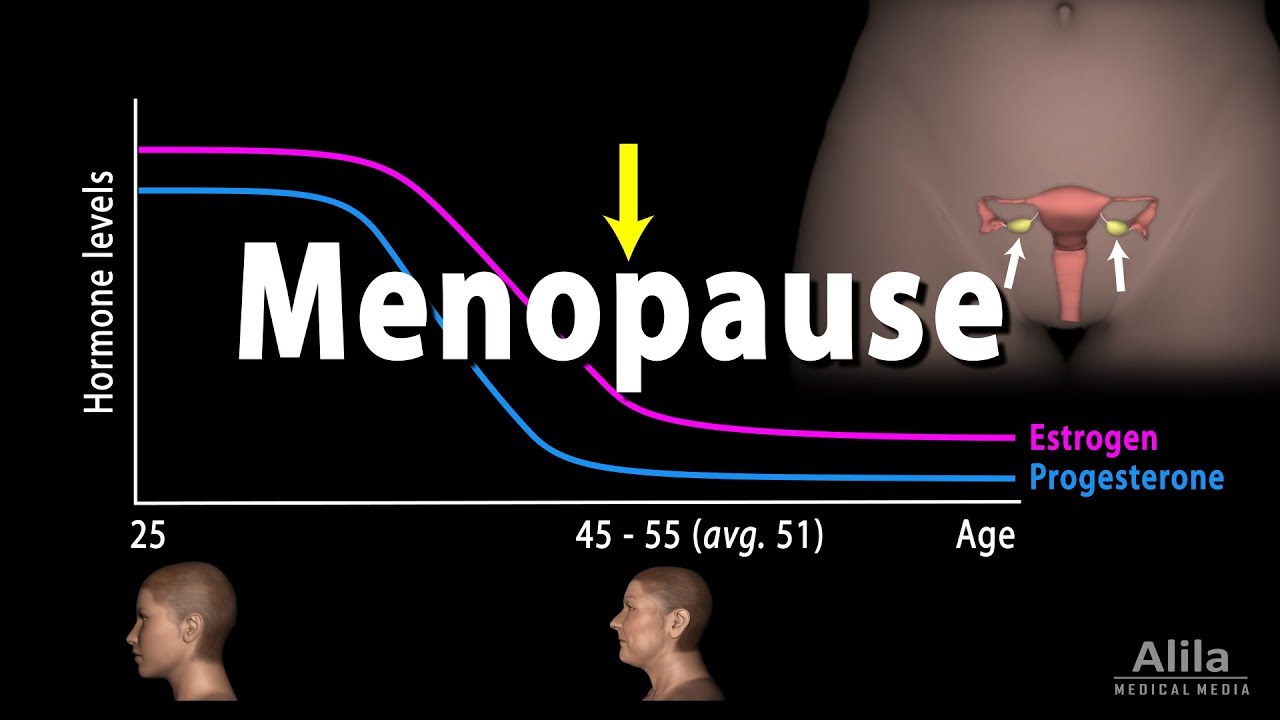
Menopause, Perimenopause, Symptoms and Management, Animation.
- Post author:admin
- Post published:October 15, 2021
- Post category:Uncategorized
- Post comments:0 Comments
You Might Also Like
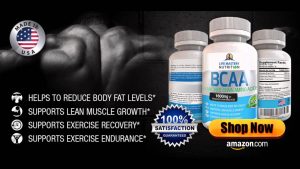
BCAA Supplement Benefits (Branched Chain Amino Acids)

Seated CONCENTRATION CURLS for BICEPS! (Hindi / Punjabi)
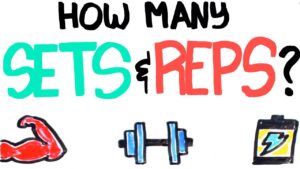
Bodybuilding Video – 4
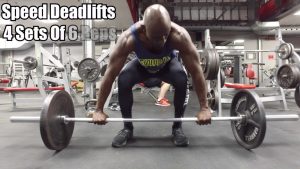
MMA Strength Workout – Lower Body
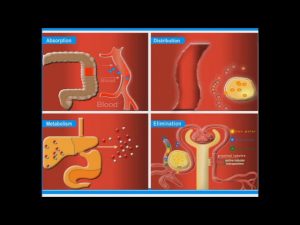
Major Pharmacokinetic Processes animation
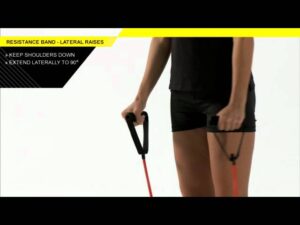
Resistance Band Lateral Raises

Skating Video – 3

Testosterone & Androgenic Effects Video – 3
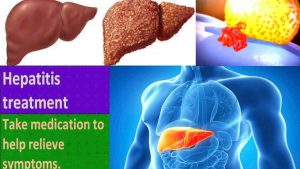
This is how hepa-titis C is treated and even cured forever
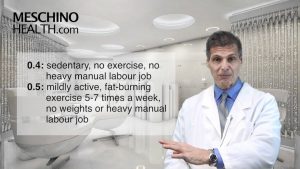
Protein Requirements to Build Muscle & Lean Mass
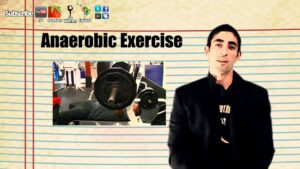
What is Anaerobic Exercise? Benefits of Anaerobic training and workouts

DEXA DXA SCAN
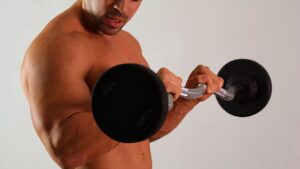
How to Do a Reverse Curl | Arm Workout

What is Osteoporosis?
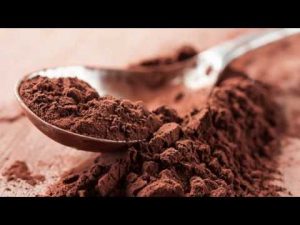
Top 5 Foods for Anemia

70 Bodyweight Cardio Exercises
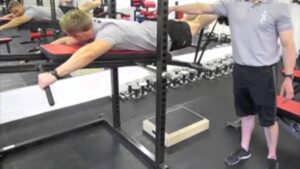
Power Rack Reverse Hyper Extension
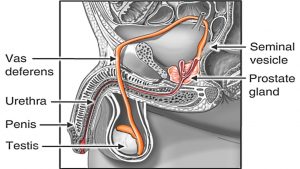
How Sperm Travels through Male Reproductive System Animation – Sperm Release Pathway -Function Video
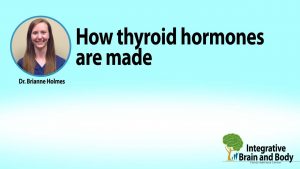
The Suprising Facts on How and Where Exactly Thyroid Hormones Are Made
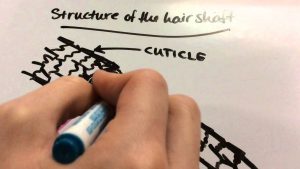
Structure And Growth of Hair
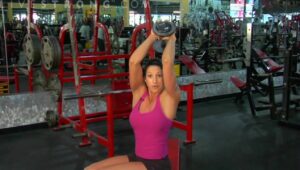
How to Do Triceps Dumbbell Extensions
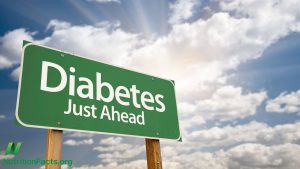
How to Prevent Prediabetes from Turning into Diabetes
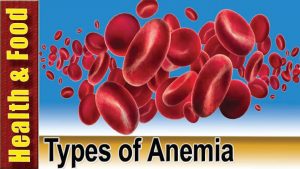
Types of Anemia | 5 Most Common Types of Anemia – Health & Food 2015

Keto Diet, Keto Foods, Keto Recipes Video – 12
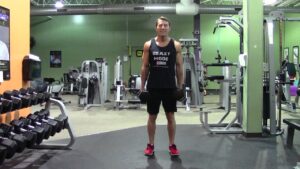
Dumbbell Shrug – HASfit Trap Exercise Demonstration – DB Shrug – Traps Exercise – Upper Back
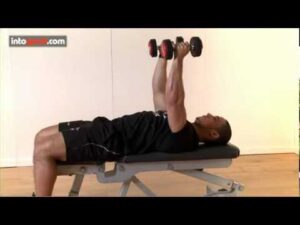
Flat Bench Fly-2

Branches of Physiotherapy Video – 19
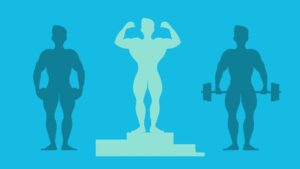
Testosterone & Androgenic Effects Video – 22
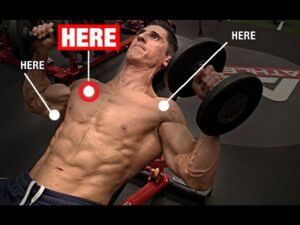
Dumbbell Bench Press (BETTER CHEST ACTIVATION!)

Decline Bench Press-4
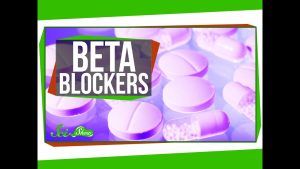
Why Can the Same Drug Treat Heart Attacks and Anxiety?
![Read more about the article Top 5 Vitamins to Build Muscle & Gain Weight [HD]](https://videos.drmaheshkumar.com/wp-content/uploads/2021/05/Top-5-Vitamins-to-Build-Muscle-Gain-Weight-HD-300x225.jpg)
Top 5 Vitamins to Build Muscle & Gain Weight [HD]

Barbell PREACHER CURL with Fred BIGGIE Smalls! (Pro Series)
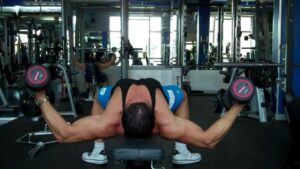
DUMBBELL FLYES – HOW TO DO IT RIGHT
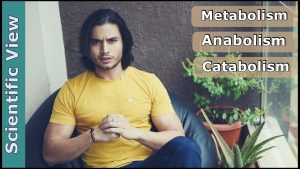
Metabolism, Anabolism, Catabolism – SCIENTIFIC VIEW | by Abhinav Tonk
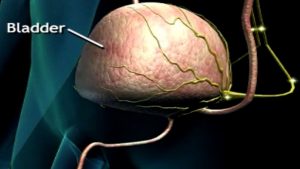
How Do We Pee? Urination Process Animation – Neural Control of Bladder – Micturition Reflex Video

Diabetes and the body | Diabetes UK
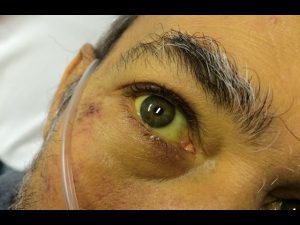
severe case of jaundice – v2

Intense Pyramid Warm Up – Circuit Training Ideas
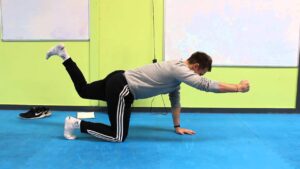
Donkey Kicks-9

